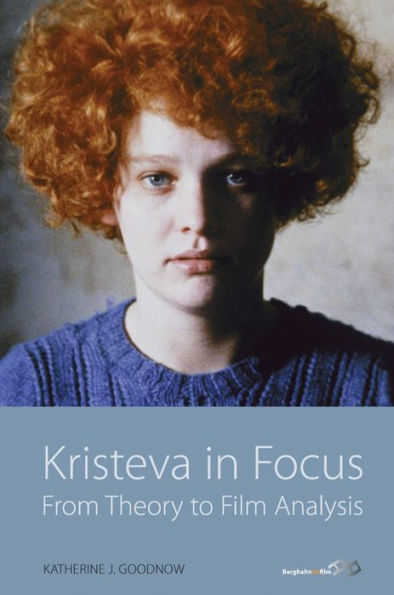5
1
9781845456122



Kristeva in Focus: From Theory to Film Analysis / Edition 1 available in Hardcover, Paperback, eBook

Kristeva in Focus: From Theory to Film Analysis / Edition 1
- ISBN-10:
- 1845456122
- ISBN-13:
- 9781845456122
- Pub. Date:
- 01/01/2010
- Publisher:
- Berghahn Books
- ISBN-10:
- 1845456122
- ISBN-13:
- 9781845456122
- Pub. Date:
- 01/01/2010
- Publisher:
- Berghahn Books

Kristeva in Focus: From Theory to Film Analysis / Edition 1
$135.0
135.0
In Stock

Product Details
| ISBN-13: | 9781845456122 |
|---|---|
| Publisher: | Berghahn Books |
| Publication date: | 01/01/2010 |
| Edition description: | New Edition |
| Pages: | 240 |
| Product dimensions: | 6.00(w) x 9.00(h) x (d) |
About the Author
From the B&N Reads Blog
